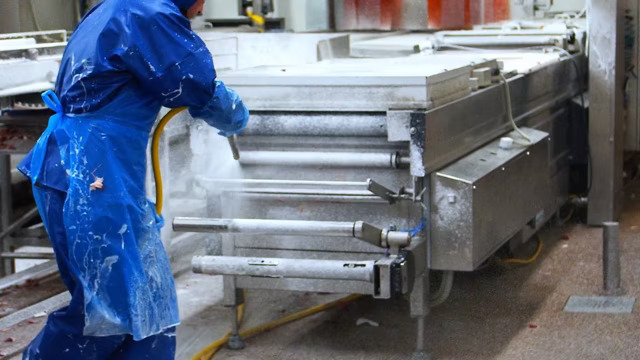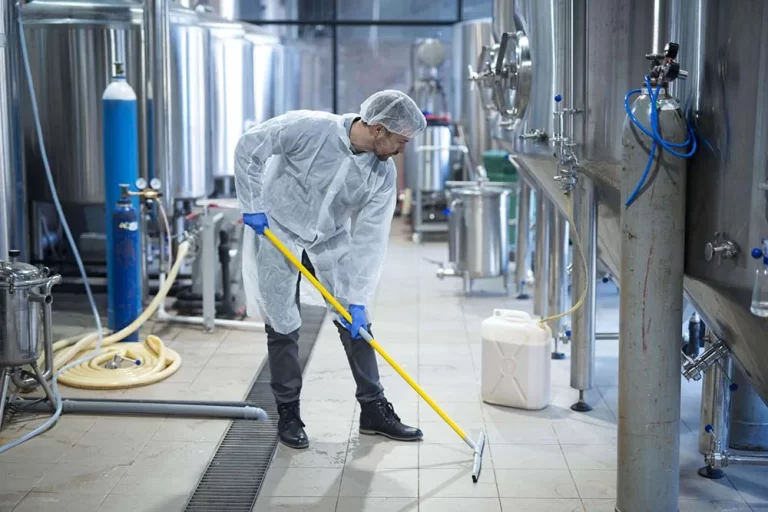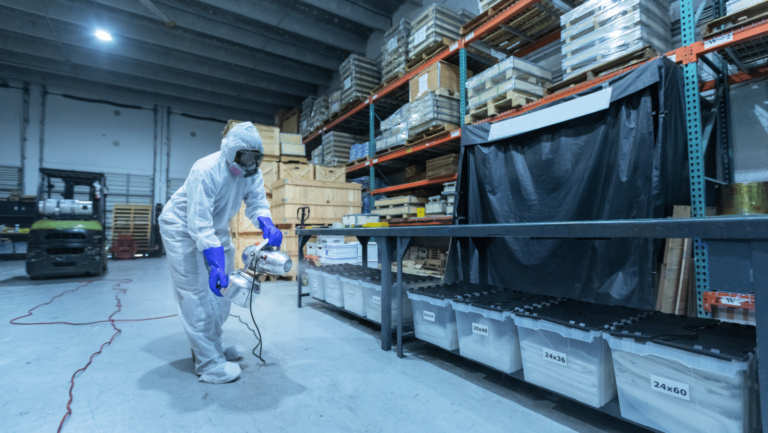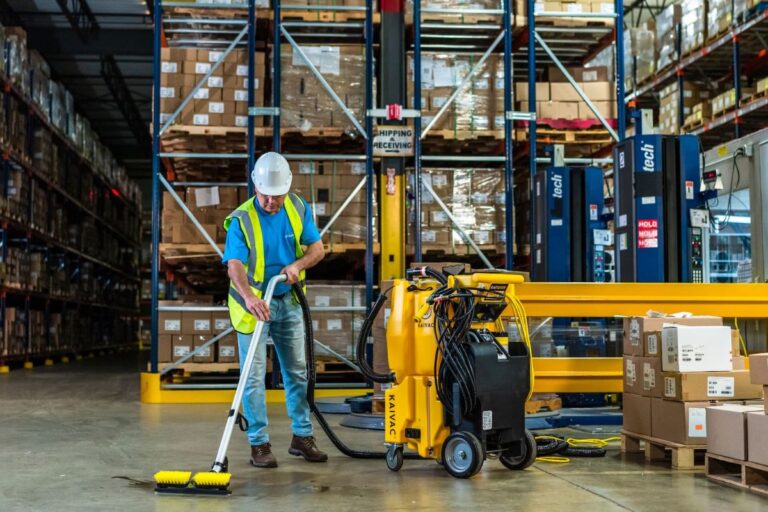Eco-friendly cleaning products are no longer just for homes or small offices. Today, large-scale facilities and industrial sites are also exploring safer and greener cleaning options. With rising awareness about environmental impact and health safety, it’s not surprising that more companies are rethinking how they clean their spaces. Whether you’re maintaining a warehouse, a manufacturing unit, or a logistics facility, selecting the right products can be a game-changer.
Industrial cleaning experts now have a wide variety of eco-safe alternatives to consider. These products claim to perform as effectively as traditional cleaners while reducing harm to the environment and the people working with them. But how do these products stack up when it comes to heavy-duty cleaning challenges common on industrial sites?
What Makes a Cleaning Product Eco-Friendly?
Before comparing different options, it’s important to understand what qualifies a cleaner as environmentally safe. Generally, these products are made from biodegradable ingredients that break down without leaving toxic residues. They are also free from harsh chemicals like chlorine, ammonia, and synthetic fragrances. Many are plant-based and come in recyclable packaging.
The absence of toxic chemicals means better air quality indoors and fewer risks of skin irritation or respiratory problems. This is especially significant in large facilities where cleaners are used frequently and in larger quantities. Workers benefit from reduced exposure to harmful vapors, and management benefits from fewer workplace complaints.
Performance Expectations for Industrial Sites
Not all green products are created equal. While most eco-friendly cleaning solutions work well for daily surface cleaning, industrial environments need more than just a gentle wipe. Oil spills, chemical residues, rust stains, and heavy grime demand high-performance formulas. Some newer eco-products are formulated specifically to tackle these tougher tasks.
Products designed for industrial degreasing, for example, now use plant-based solvents. These remove oil and grease without damaging machinery or flooring. Other options focus on mineral-based scouring agents for surface restoration, which are both effective and gentle on materials. Their performance continues to improve as more research is invested in sustainable chemistry.
Different Types of Eco Cleaning Products
Industrial sites require a range of cleaning agents to address different needs. There are disinfectants for hygienic zones, degreasers for mechanical areas, floor cleaners for expansive surfaces, and glass cleaners for windowed enclosures. Many green alternatives offer all these variations.
Some brands focus on multi-surface capabilities, which help in reducing the number of different products needed. This simplifies logistics and storage. Others develop targeted solutions for specific applications, ensuring a deeper clean without unnecessary chemicals.
Choosing the right product depends on the nature of the industrial activity. For example, a food processing facility will prioritize antibacterial formulations with food-safe certification. Meanwhile, an automotive plant might look for strong degreasers that are still safe for use around people and machinery.
Environmental Certifications and Labels
Trustworthy green products often carry third-party certifications. These help buyers confirm that the product has been evaluated for both safety and sustainability. Common certifications include Green Seal, ECOLOGO, and USDA BioPreferred.
However, not all labels are equal. It’s important to review what these certifications actually mean. Some focus on ingredient sourcing, while others measure production processes, packaging materials, and carbon footprint. An industrial cleaning expert would recommend checking these details closely to avoid misleading claims.
Cost Versus Value
One common concern is that eco-friendly products are more expensive. While the upfront cost may be slightly higher in some cases, many users find they offer better long-term value. This is due to lower usage rates, reduced need for personal protective gear, and fewer regulatory concerns.
In some cases, switching to safer alternatives may help reduce insurance premiums or liability risks. Plus, these products often support broader corporate sustainability goals, which can enhance the company’s reputation and compliance scores.
Ease of Use and Training
Ease of use is another factor to weigh. Many industrial green cleaners are designed with simplicity in mind, often requiring fewer steps or dilution ratios. This is useful for teams with varying skill levels. Some suppliers also offer training sessions to ensure the right techniques are followed, improving results and safety at the same time.
Products with concentrated formulas further reduce packaging waste and lower transport costs. They’re easy to store and can be measured precisely, which also reduces waste.
Health and Safety Benefits
Reducing exposure to harmful substances has direct benefits for staff health. Many traditional industrial cleaners cause skin irritation or affect breathing over time. Safer ingredients reduce these risks, leading to fewer sick days and a healthier workplace overall.
Cleaners that are gentle on the skin and safe to inhale improve job satisfaction among cleaning staff. Workers feel more confident handling products they know are less likely to cause harm. This contributes to a safer and more positive work culture.
In Nutshell
If you’re looking to explore safer, eco-conscious solutions for your site, now is the time to act. Green cleaning isn’t just a trend; it’s the future of industrial hygiene. Start comparing products, speak to suppliers, and bring your team into the conversation. A cleaner, safer facility starts with a smarter choice.




